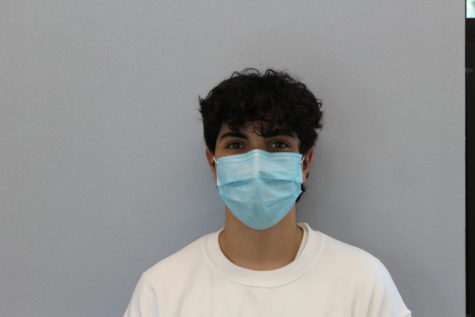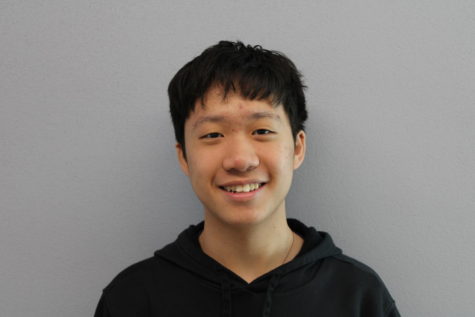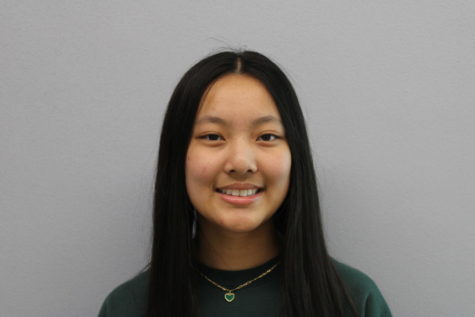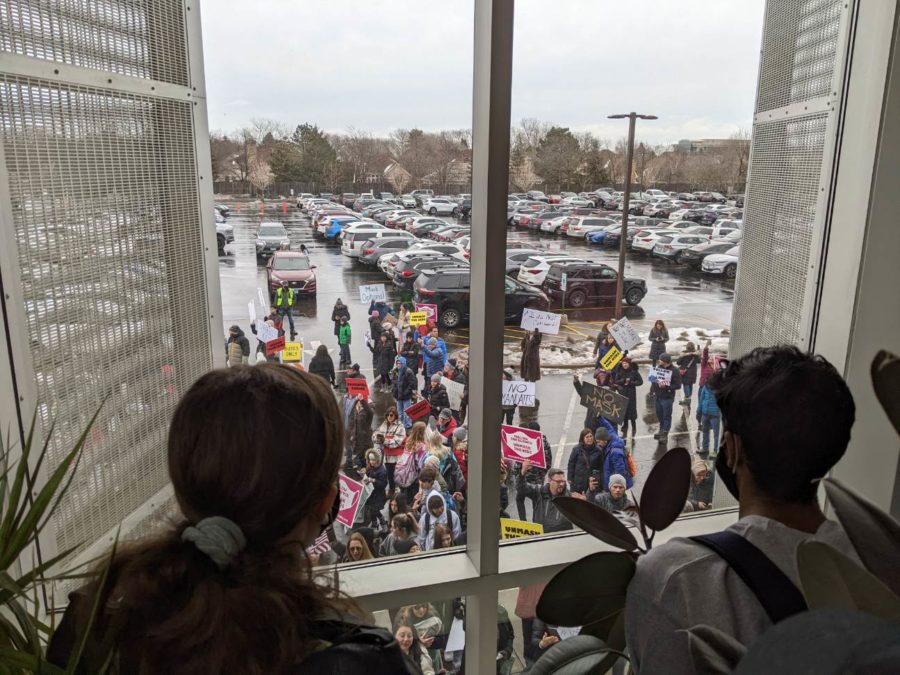Within the Walls
Students, teachers discuss protest’s impact on educational, emotional experience
As protesters gathered at the Point entrance to Stevenson on Feb. 11, scenes of posters and chants to “Unmask Our Kids” took the spotlight on social media and local news networks. On the other side of the walls, however, a different scene began to unfold.
While the protesters never entered Stevenson, many students struggled to remain focused in class. Claudia Lorna ’23* said that some of her classmates were distressed when they saw the protesters gathering outside.
“My classroom faces the Point, so when we saw [the protesters] lining up, we all started getting anxious,” Lorna said. “It wasn’t the actual context of the protests that made me anxious—it was just when I heard that people were banging on windows and doors and trying to get into the school.”
However, students inside the building were not the only individuals affected by the protests. As administrators and security locked entrances, protesters and non-protesters alike were prevented from entering the building. Some students traveling outside between classes found themselves locked out with the protesters instead of in their second period classroom.
“Security guards wouldn’t let anyone in since they didn’t know who was a student trying to go to class and [who was] a member of the protest,” said Sabrina Tariq ’22, who was traveling outside between first and second period.
Tariq says that she and other non-protesting students were yelled at by some protesters for wearing their masks. However, many protesters believe that their message was misinterpreted. Parent Kristen Hales, a member of the protest, asserts that the goal was not to prohibit mask-wearing but to promote the freedom of choice.
“[We’re promoting] freedom of choice to wear what you want or don’t want,” Hales said. “That’s where I think we’re misunderstood.”
Regardless of the protest’s intended message, many students were distracted from their classwork during the incident. With multiple students distracted and some even absent from his first period class, teacher Charlie Puckett* said he found it difficult to teach his planned lesson.
“Some kids have the response of, ‘what the heck is going on?’ [Other] kids were genuinely scared,” Puckett said. “My job is to make sure that kids are learning, and [the protest] just completely destroyed my efforts to do my job.”
While both non-participating students and teachers cite the protest as a disruption to Stevenson’s learning environment, protesters believe that the choice of whether to wear a mask is worth advocating for. In response to concerns of feeling unsafe in a mask-optional environment, Hales argues that students would still be able to protect themselves from the virus.
“If you are still concerned, you can wear an N95,” Hales said. “You’re protected from me if I don’t want to wear a mask, so we can get along in harmony.”
However, the protest nevertheless caused students like Lorna to feel anxious during the incident. To help ease these feelings, many teachers organized de-stressing activities and discussions during their classes.
“We meditated in English and my [physics] teacher let us talk it out and relax,” Lorna said. “We shut the blinds and we locked the doors [to help] the people that were panicking.”
These techniques comforted some students by alleviating the tension from the protest. As the number of protesters dwindled, many students were able to feel more comfortable.
“After lunch, when everything had died down, it was just kind of what everyone was talking about,” Lorna said. “I didn’t really feel the anxiety anymore because [the protest] had gotten controlled by security.”
Nevertheless, some students and staff continued to experience lingering anxiety from the protest. Puckett said he continued to feel stressed through the weekend, and he believed many of his students felt the same. For those that still feel anxious, Assistant Director of Science Brett Erdmann suggests reaching out for support to process those feelings.
“Talk to people, consult Student Support Teams (SSTs), consult trusted adults and really talk through that anxiety to understand where that anxiety is coming from,” Erdmann said. “Upon acquiring that self-knowledge, students can form individual plans that will make them feel safe and navigate relationships respectfully within our school community.”
*Name changed to protect anonymity






Michael | Feb 24, 2022 at 2:32 pm
This was supposed to be a balanced article but clearly it is not. It appears that only one protester was interviewed while many teachers and affected students were interviewed.
Did the writers attempt to find students at SHS who were not scared or felt no anxiety from the protesters?
What about the students who were photographed flipping off the protesters?Or the student who held up the sign to the protesters that read “your IQ < 85”? I am guessing that those students were not afraid of the protesters.
Journalists need to endeavor to put their biases aside when reporting, and present both sides of a story. Did the writers attend or listen to the parent feedback at the BOE meeting to perhaps hear from some of the protesters? Adding a few quotes from one protester to ‘check the box’ doesn’t qualify as writing an unbiased article.